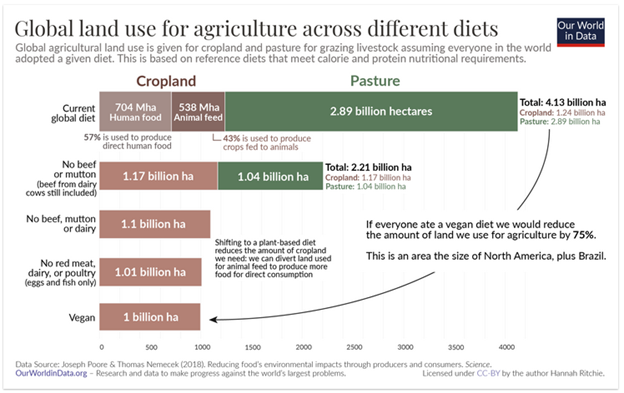this post was submitted on 01 Sep 2024
51 points (84.9% liked)
Data is Beautiful
1120 readers
86 users here now
Be respectful
founded 4 months ago
MODERATORS
you are viewing a single comment's thread
view the rest of the comments
view the rest of the comments

this paper is over half a decade old, and i've been whining about it pretty much that whole time, but i don't recall the last time i actually dug into the methodology. to my recollection, they call it a metastudy and they compare LCAs from disparate studies, but LCAs themselves are not transferable between studies. that's just one point.
if i recall correctly, they also used some california water study as the basis of their water use claims, but the water use included things like cottonseed, which is not grown for cattle feed, and using it in cattle feed is actually a conservation of resources. cotton is a notoriously light and water-demanding crop, so using the heavy byproduct to add to the water use of california dairies is, to me, dishonest.
i have no doubt that if i were to slice up this paper citation-by-citation, every one of them would have some misrepresented facts or methodology being repackaged as, i don't say this lightly, vegan propaganda.
So what's a better study or metastudy? The actual results, aside from poultry being weirdly low-resource, seem about right when you consider the way energy usually moves through food webs.
That's "Life Cycle Assessment", for anyone else that's wondering.
personally, i believe that attempts to quantify any complex system into discrete metrics is likely to have blind spots and misunderstand the system as a whole. i think that if you are concerned about the environmental impacts of agriculture, the correct approach is to evaluate each operation on its own and try to optimize it for inputs and outputs.
@commie @CanadaPlus dude, this ain't no hill you need to die on ...
Thanks? I didn't think there was any dying yet. I wasn't even arguing there, professionals are often happy to point you to their preferred sources.